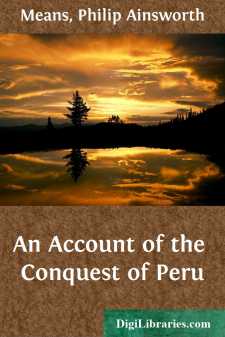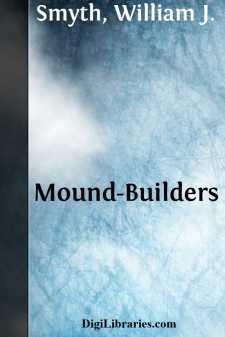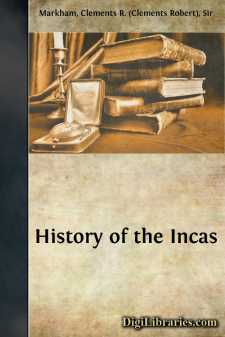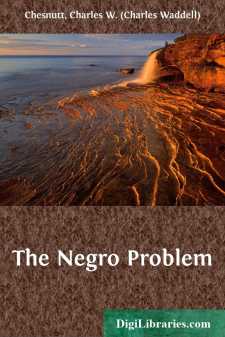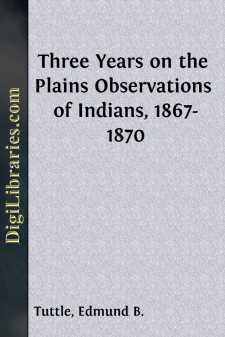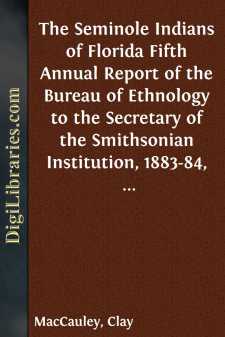History
- Africa 30
- Americas (North Central South West Indies)
- Ancient 68
- Asia 58
- Australia & New Zealand 8
- Canada 41
- Caribbean & West Indies 1
- Civilization 20
- Eastern Europe 12
- Europe 310
- Expeditions & Discoveries 60
- General 77
- Historical Geography 1
- Jewish 9
- Latin America 3
- Medieval 8
- Middle East 13
- Military 248
- Revolutionary 8
- Study & Teaching 5
- United States 353
- Western Europe 56
- World 13
Americas (North Central South West Indies) Books
Sort by:
CHAPTER I THE CONTINENT IN PRE-SPANISH DAYS The discovery of South America stands as one of the most dramatic events in history. From the time of its occurrence until the present so deeply has this event impressed itself on men's minds that the previous state of the Continent has been a somewhat neglected topic. The Incas and their civilization, it is true, have attracted no small share of...
more...
CHAPTER I Concerning the great quantity of silver and gold which was brought from Cuzco, and of the portion thereof which was sent to H. M. the emperor as the royal fifth: How the imprisoned Cacique Atabalipa declared himself free of his promise which he had made to the Spaniards to fill a house with gold for ransom: And of the treason which the said Atabalipa meditated against the Spaniards, for which...
more...
CATALOGUE OF LINGUISTIC MANUSCRIPTS IN THE LIBRARYOF THE BUREAU OF ETHNOLOGY. By James C. Pilling. Mr. Henry R. Schoolcraft, while engaged in the preparation of his work—"Information respecting the History, Condition, and Prospects of the Indian Tribes of the United States"—sent to various persons residing among the Indians a "Comparative Vocabulary of the Languages of the Indian Tribes...
more...
by:
William J. Smyth
MOUND-BUILDERS By Rev. William J. Smyth, M.A., B.Sc., Ph.D. When the early settlers began to pioneer the unbroken forests of North America, they considered the various Indian tribes to be the true Aborigines of this continent. But long before the red man, even long before the growth of the present forests, there lived an ancient race, whose origin and fate are surrounded with impenetrable darkness. The...
more...
INTRODUCTION. The publication of the text of the Sarmiento manuscript in the Library of Göttingen University, has enabled the Council to present the members of the Hakluyt Society with the most authentic narrative of events connected with the history of the Incas of Peru. The history of this manuscript, and of the documents which accompanied it, is very interesting. The Viceroy, Don Francisco de...
more...
Industrial Education for the Negro By BOOKER T. WASHINGTON, The necessity for the race's learning the difference between being worked and working. He would not confine the Negro to industrial life, but believes that the very best service which any one can render to what is called the "higher education" is to teach the present generation to work and save. This will create the wealth from...
more...
CURIOUS ADVERTISEMENTS. Among the mass of advertisements that have appeared from time to time in newspapers are to be found some which are very quaint and curious. Such are not, in all cases, intended by the writers to be so; but they sound so, especially to those persons who have an ear for strange or humorous things. Sometimes, indeed, it is the intention of the writers to attract particular notice...
more...
LITERARY CURIOSITIES. The following humorous lines well describe the difficulty that editors find in pleasing the public. They are expected to know everything, and to be able to satisfy all tastes and capacities. No imperfections can be excused in conductors of newspapers; they are not even allowed to be unfortunate. THE EDITOR.That editor who wills to please,Must humbly crawl upon his knees,And kiss...
more...
by:
Edmund B. Tuttle
INTRODUCTION The interest which boys are taking in all that relates to our Indian tribes, and the greediness they manifest in devouring the sensational stories published so cheaply, filling their imaginations with stories of wild Indian life on the plains and borders, without regard to their truthfulness, cannot but be harmful; and therefore the writer, after three years' experience on the plains,...
more...
by:
Clay MacCauley
LETTER OF TRANSMITTAL Minneapolis, Minn., June 24,1884. Sir: During the winter of 1880-’81 I visited Florida, commissioned by you to inquire into the condition and to ascertain the number of the Indians commonly known as the Seminole then in that State. I spent part of the months of January, February, and March in an endeavor to accomplish this purpose. I have the honor to embody the result of my...
more...



